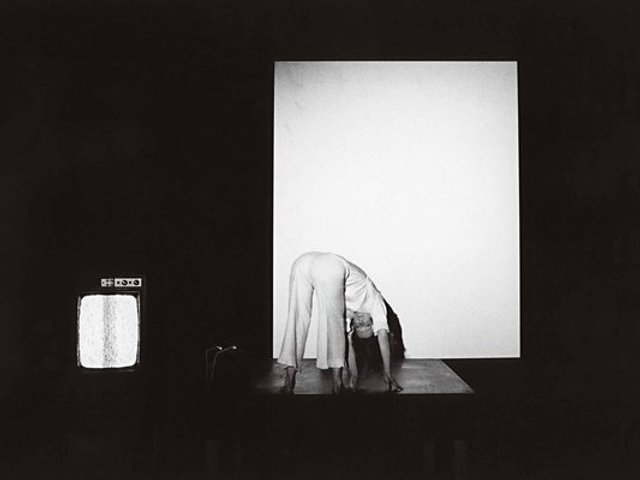It is a truism that digital technology has changed nearly everything about our society, from how we pay bills to how our brains are wired. Art is no exception, and two exhibitions in the US are taking stock of the shifting aesthetic currents that accompany technological changes.
At the Institute of Contemporary Art Boston, Art in the Age of the Internet: 1989 to Today (until 20 May) examines the internet’s effect on art, while I Was Raised on the Internet at the Museum of Contemporary Art Chicago (23 June-14 October) focuses on mostly post-millennium art. Both exhibitions show artists as early adopters of new technologies, whose work takes on new forms as they experiment. This raises a fundamental question that many institutions are still struggling to answer: how can museums keep up with this new technology?
One way is through time-based media art conservation, a field that has existed for decades but is now seeing a surge in interest, funding and formalisation.
“There are only a few places in the world that provide graduate-level training specifically for this area,” says Hannelore Roemich, the conservation science professor at New York University’s (NYU) Institute of Fine Arts (IFA) conservation centre. Roemich is leading the launch this autumn of the centre’s concentration in time-based media conservation. The new graduate programme, which will take two students a year, is the first of its kind in the US.
The IFA is also offering standalone workshops for professionals already working in the field and will host the symposium It’s About Time! Building a New Discipline: Time-Based Media Art Conservation (20-22 May). “The idea is to create a network of universities or institutions that are interested in learning from the design of our curriculum and finding their own way with their own resources,” Roemich says.
“We’re trying to build a training ecosystem,” says Alison Gilchrest, a programme officer at the Andrew W. Mellon Foundation. The foundation has invested $5.6m in time-based media initiatives around the world, including the programme at NYU and others at Tate in London, New York’s Museum of Modern Art and the Art Institute of Chicago (AIC). “The thrust of the grant making is to help build a network field of practice,” she says.
Creating networks is very much on the mind of Francesca Casadio, who heads up the AIC’s time-based media initiative. The executive director of conservation and science, Casadio emphasises that time-based media conservation is a “cross-disciplinary activity that is levelling hierarchies” because caring for this type of art requires co-ordination between several departments.
The AIC is also striving to become a Midwestern hub in the field, “like a think tank for time-based media conservation and resource sharing”, Casadio says. The goal is to share expertise beyond the museum, as well as to “insert in the field an element of peer review” by creating a space for inter-institutional discussions of “big-picture questions”. Part of that effort is the two-day symposium, Material Challenges in Contemporary Art (28-29 June), where a time-based media regional network will be established.
Both Casadio and Roemich stress that it is a critical moment for time-based media and how important it is not only to train conservators but also to educate collectors about the particular needs of these types of pieces. “Museums and private collectors are fascinated by these works,” Roemich says. “They buy them, and they have no idea what they’re doing.”
“Something that is needed is advocacy and education,” Casadio says. “For time-based media, conservation is not just about fixing. It’s making sure that, in a few years, you can still exhibit the piece, and you don’t have just an idea that you’re not able to show anymore because nobody asked the right questions.”



